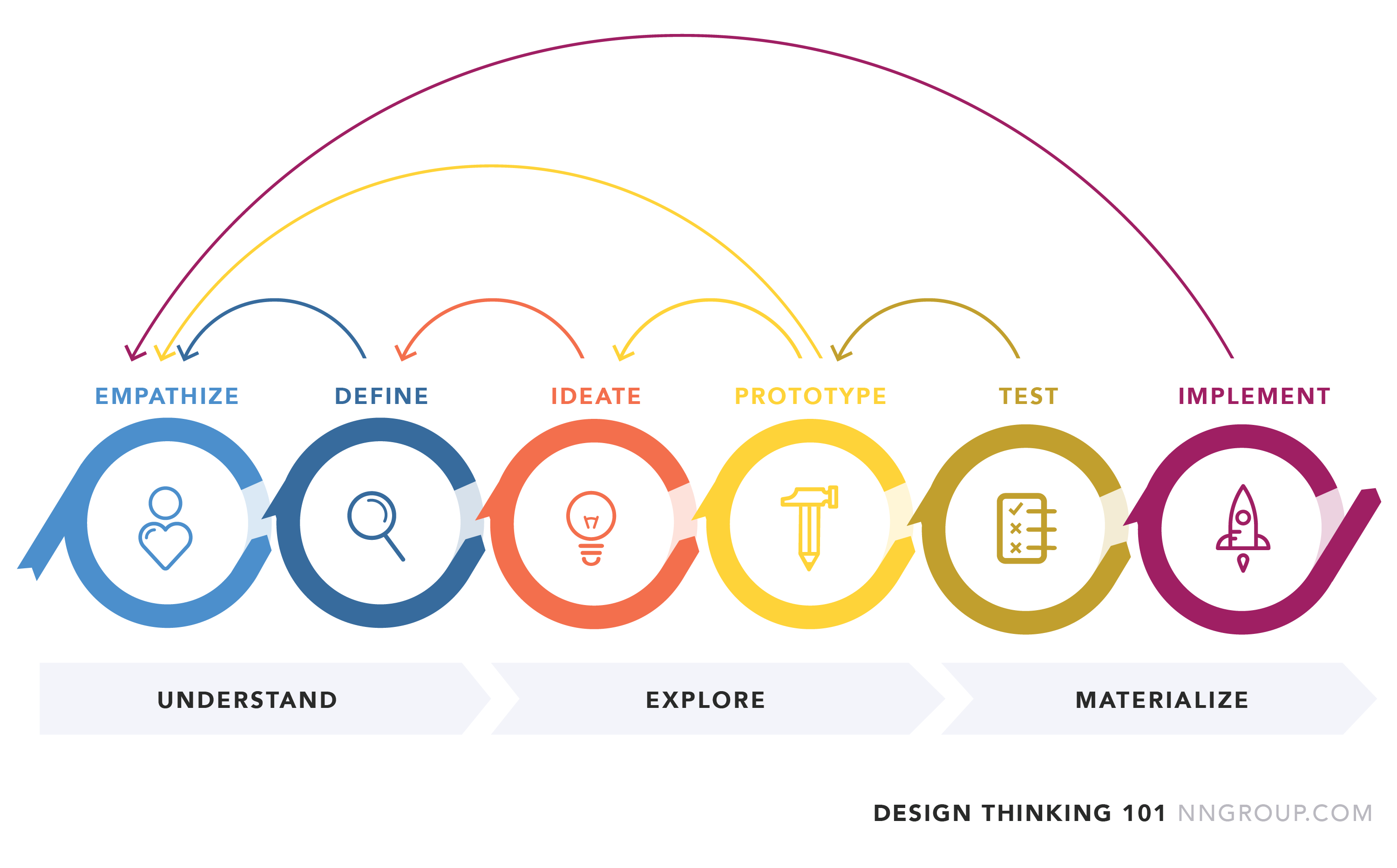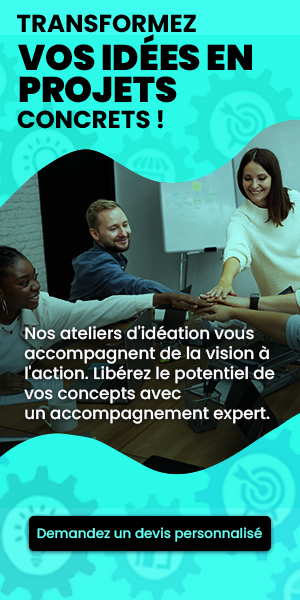Design thinking is an innovation approach that places the user at the center of the design process. This approach draws inspiration from the working methods of designers and aims to solve complex problems based on the real needs of users. Beyond being a mere creation method, design thinking represents a true work philosophy oriented towards human experience.
🔥 Nous recommandons Ideamap
Ideamap est l’outil idéal pour un brainstorming ou un projet collaboratif. Grâce son interface facile et à ses fonctions IA, Ideamap booste votre créativité tout en favorisant une meilleure organisation de vos idées pour atteindre vos objectifs.
This approach is often described through an iterative process composed of several stages. The initial phases involve understanding and defining the problem by involving users from the outset. This allows for the exploration of expectations and constraints before moving on to the ideation phase, where numerous ideas are generated without limiting to the solutions usually considered. Then, these ideas are prototyped and tested, fostering a feedback loop that enriches the project.
Another central aspect of design thinking is its collaborative nature. By bringing together multidisciplinary teams, this method encourages the exchange of diverse perspectives, enriching the creative process. The blend of skills and experiences among participants allows for viewing problems from different angles and therefore proposing more innovative solutions.
By acting in this way, design thinking also aims to minimize the risks of failure by testing ideas on a small scale before promoting them to a more advanced stage. This is particularly relevant in sectors like product development, where early validation of a concept can save valuable resources. The ability to quickly prototype simple yet functional ideas also allows for gathering constructive feedback that improves the final product.
Digital tools play a crucial role in supporting design thinking. Capable of facilitating brainstorming or ideation sessions, these tools allow for synchronizing the work of remote teams and effectively involving users. Various platforms exist to help capture and formalize ideas during workshops, ensuring that every contribution is integrated into the development process. To learn more, consult this link: Digital tools in support of design thinking.
The challenges of design thinking are numerous. As user satisfaction has become a key success factor for businesses, integrating this method allows for creating solutions that are more adapted to market expectations. Companies that adopt design thinking often notice an improvement in their innovation and better responsiveness to their clients’ needs. This also helps them stand out in an increasingly fierce competitive environment, where user experience can make a difference.
Despite its advantages, implementing design thinking is not without challenges. Businesses must avoid certain pitfalls related to this approach, such as the temptation to rush into the prototyping phase before fully understanding the underlying problem. Furthermore, it is crucial to establish an organizational culture that fosters experimentation and feedback. For an in-depth understanding, you can read this article: Pitfalls to avoid in the implementation of design thinking.
Finally, design thinking continues to evolve with the digital age and the agile transformations of businesses. Its ability to adapt to new technologies and changing user expectations makes it a valuable tool for modern organizations. To explore the future of design thinking in agile processes, check out this link: The future of design thinking in agile processes.














